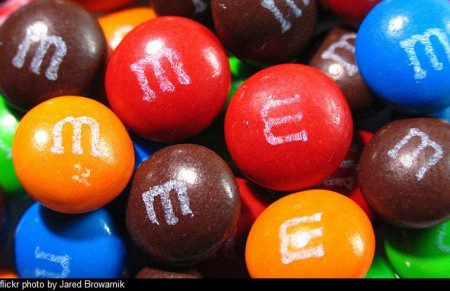HON CHEMISTRY: Radioactive isotopes all around! Did you ever dream there were so many applications of radioactivity? This is a pic of a test used to check on blood flow through the heart during a stress test. Fun, huh!? Click on the link below the pic to learn more from Cedars-Sinai hospital.
Here’s the lecture from Tuesday. Let’s finish with fission and fusion when we get back. Speaking of which – Happy Thanksgiving!! I hope you have a wonderful time with your family. I am very, very thankful for you!!
Did you remember that you’ll be taking the test on Tuesday? It will cover the beginning part of chapter 3 (through average atomic mass), chapter 21, and you will also have a set of chemical formulas to write and name.
For chapter 3, check out the Chapter 3a Stuff to Know & Study Suggestions sheet.
For chapter 21, make sure you practice half-life problems and nuclear equations. Also, make sure you’ve memorize the nuclear symbols for alpha particles, beta particles, positrons, neutrons, and protons. And then there are tons of notes on the conceptual stuff. Properties of radioactivity, people, types of radioactive decay, applications of radioactivity, definitions, definitions, and definitions!
Image source http://www.cedars-sinai.edu
__________________________________________________________________

